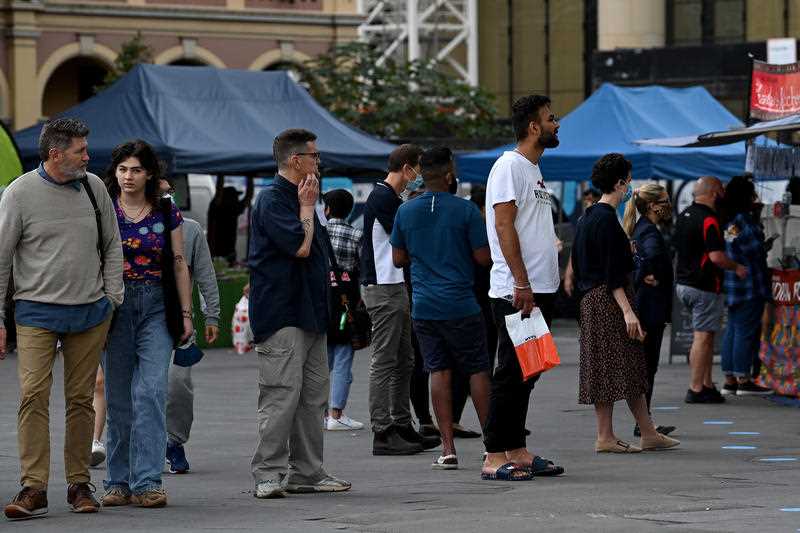The annual rate of inflation has soared to its highest level since 2001, fuelled by rising petrol prices and higher dwelling construction costs.
The consumer price index for the March quarter surged 2.1 per cent for an annual inflation rate of 5.1 per cent, up from 3.5 per cent previously.
Underlying inflation – which smooths out volatile price swings and is more crucial to the interest rate outlook – jumped 1.4 per cent to 3.7 per cent for the year.
It is the first time the underlying rate has been above the Reserve Bank of Australia‘s two to three per cent target since early 2010.
The result could put pressure on the RBA to lift the cash rate from a record low 0.1 per cent when its board meets next Tuesday.
The RBA has previously said it wants to see a meaningful rise in wages before it takes action, and could be wary of moving during a federal election campaign.
But global inflation is on the move, and so are other central banks, making the case for a move by the RBA sooner rather than later.
“The only real argument for delay now is the current federal election – as was last the case in 2007, this is another good opportunity for the RBA to again demonstrate its independence,” BetaShares chief economist David Bassanese said.
A rise in the cash rate will force banks to raise borrowing costs for households and businesses.
Treasurer Josh Frydenberg was on the front foot on cost of living issues before the data release. faced with a tight federal election campaign where his own seat hangs in the balance.
Mr Frydenberg says global factors such as high oil prices due to Russia’s invasion of Ukraine and supply-chain disruptions are putting pressure on household budgets in Australia.
“That is why in the budget we committed to a temporary, targeted and responsible cost of living package,” Mr Frydenberg told AAP.
The first $250 cost of living payments will this week hit the bank accounts of millions of eligible pensioners, income support recipients, veterans and concession card holders.
Slashing fuel excise, along with a fall in global oil prices, had provided some relief at the bowser after petrol prices surged past $2 a litre during the March quarter.
However, in the past week the Australian Institute of Petroleum said the national average for petrol prices had ticked up 2.6 cents to 168.9 cents per litre, ending four weeks of declines.
Consumer confidence eased slightly in the past week, coinciding with the modest increase in petrol prices.
The weekly ANZ-Roy Morgan consumer confidence index – a guide to future household spending – eased 0.3 per cent to 96.5.
A level below 100 indicates pessimists outweigh optimists.
By Colin Brinsden and Marion Rae in Canberra, AAP



